Astaxanthin Rich Foods
Astaxanthin is a keto carotenoid, chemically named 3,3 ‘-dihydroxy-4,4’ -diketo-
β,β’-carotene. It is a red solid powder, fat-soluble, insoluble in water, but soluble in most organic solvents. Astaxanthin is widely found in nature, especially in aquatic animals such as shrimp, crabs, fish, and birds, and is the main reason why these organisms appear red or pink.

What is astaxanthin?
Astaxanthin is renowned for its exceptionally potent antioxidant properties, with its efficacy surpassing that of vitamin E, vitamin C, and other conventional antioxidants. As a chain-breaking antioxidant, astaxanthin effectively neutralizes free radicals—including nitrogen dioxide and various sulfides—while mitigating lipid peroxidation to safeguard cells against oxidative damage. Research has demonstrated that astaxanthin confers numerous physiological benefits: inhibiting tumorigenesis, enhancing immune function, preventing ultraviolet-induced skin damage, promoting ocular health, and combating the aging process.
The principal natural source of astaxanthin is Rhodomonas pluvialis; this microalga can contain up to 6% astaxanthin content—rendering it an optimal raw material for natural extraction processes. Beyond biological extraction methods, astaxanthin can also be synthesized chemically or produced via biotechnological approaches utilizing algae, bacteria, or yeast. In recent years—with advancements in recombinant DNA technology—scientists have been investigating genetic engineering techniques to enhance astaxanthin production.
In practical applications across various sectors—including healthcare products pharmaceuticals cosmetics food additives aquaculture—and beyond due to its extensive health benefits; thus presenting significant economic value and developmental potential.
What foods contain astaxanthin?
Astaxanthin rich foods mainly include the following categories:
Algae: The main source of astaxanthin is algae, especially Rhodium pluvium, whose astaxanthin content is very high, up to 3% of dry weight. Other astaxanthin rich algae include kelp, reef membrane, laver, cauliflower and so on.

Shrimp: Astaxanthin is found in many types of shrimp, although it is reduced after digestion. Common astaxanthin rich shrimp include shrimp, lobster and so on.


Shellfish: Shellfish containing astaxanthin include mussels, cockles, sea mussels, snails, abalone, oysters, ring clam (green clam), clams, clams, scallops, mussels, etc. Although the amount is lower than that of algae, it is still a good source.


Fish: Some fish, especially those that feed on algae or small shrimp, may also contain astaxanthin, such as salmon, salmon, etc.

Other seafood: In addition to the above categories, some other Marine organisms may also contain astaxanthin, such as crabs.

Astaxanthin is a powerful antioxidant that has many benefits for human health, including boosting immunity and fighting oxidative stress. However, astaxanthin content and bioavailability in food vary, and Rhodococcus pluvialis is currently recognized as one of the most abundant natural sources of astaxanthin.
Astaxanthin Foods
Astaxanthin, as a nutritional supplement, is increasingly used in functional food and health care products because of its powerful antioxidant properties. Here are some types of foods that contain astaxanthin:
Nutritional supplements: Most commonly in the form of capsules, tablets or oral liquid, these supplements usually extract astaxanthin directly from Rhodococcus pluvialis and are taken as a daily health care.
Functional drinks: Some sports drinks or health drinks will add astaxanthin to promote its role of improving physical recovery, anti-fatigue or enhancing immunity.
Baked goods and cereal products: such as breads, cereals, energy bars, etc., may add astaxanthin as a nutrient strengthening ingredient.
Condiments and sauces: Some manufacturers may add astaxanthin to ketchup, salad dressings, or seasoning oils to increase the nutritional value and color appeal of their products.
Ready-to-eat food: As mentioned earlier, “astaxanthin steamed egg with Okra” is a creative dish that integrates astaxanthin into the daily diet, which is both beautiful and nutritious.
Candy and snacks: Some children’s nutritional gummies or healthy snacks will add trace astaxanthin, as one of the selling points to attract parents to buy.
Dairy products: Some yogurt or milk products will also add astaxanthin to increase the market competitiveness and health value of the product.
When choosing foods that contain astaxanthin, it is important to check the product label to know the specific source and content of astaxanthin, and whether there are other additives, to ensure that the selected product meets the individual’s health needs and preferences.

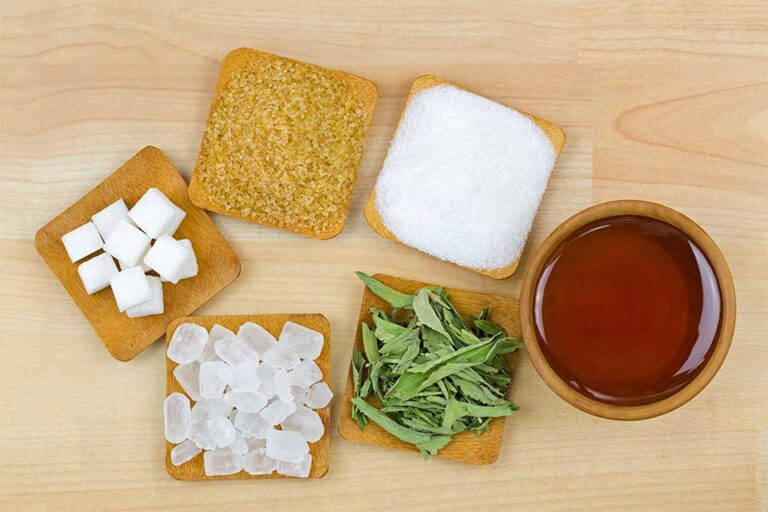
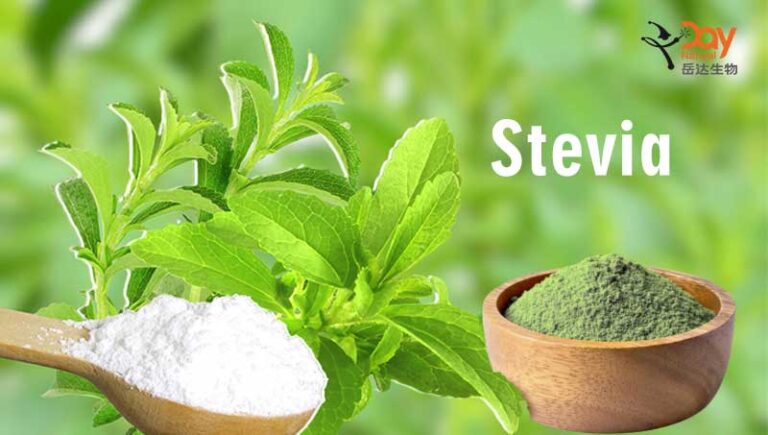
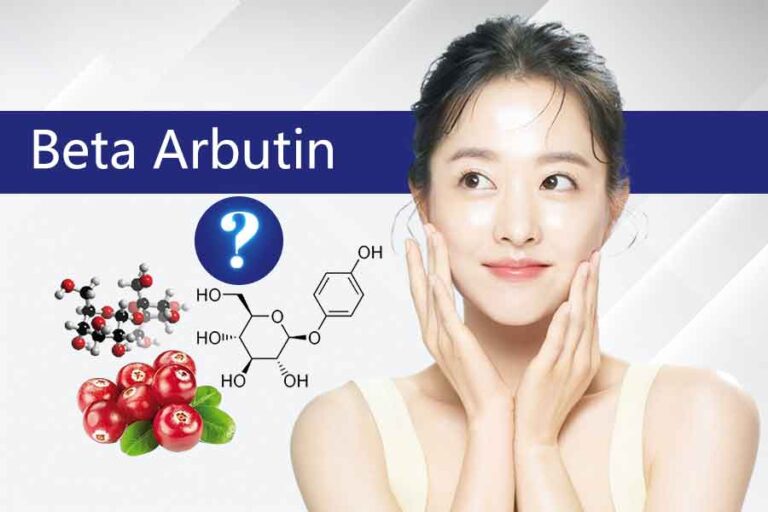
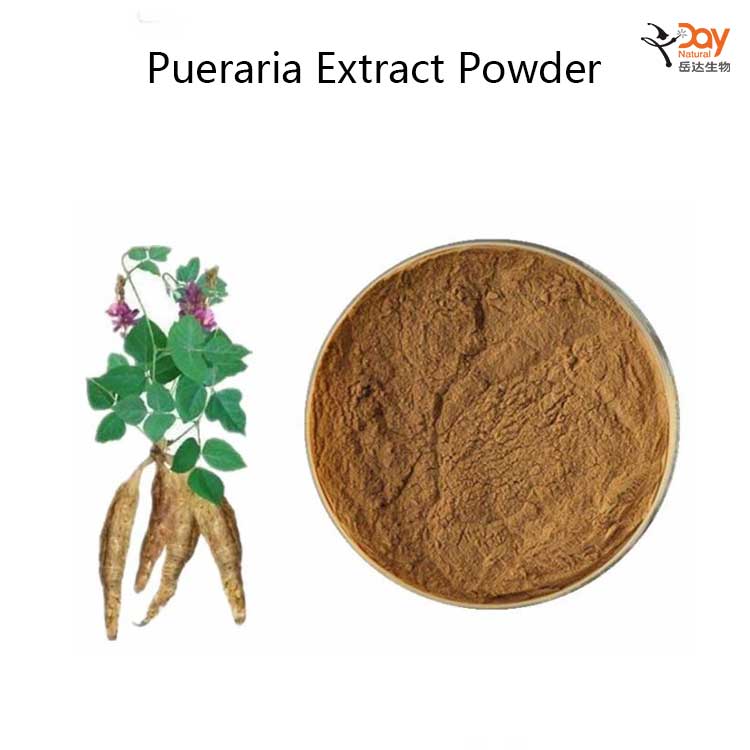
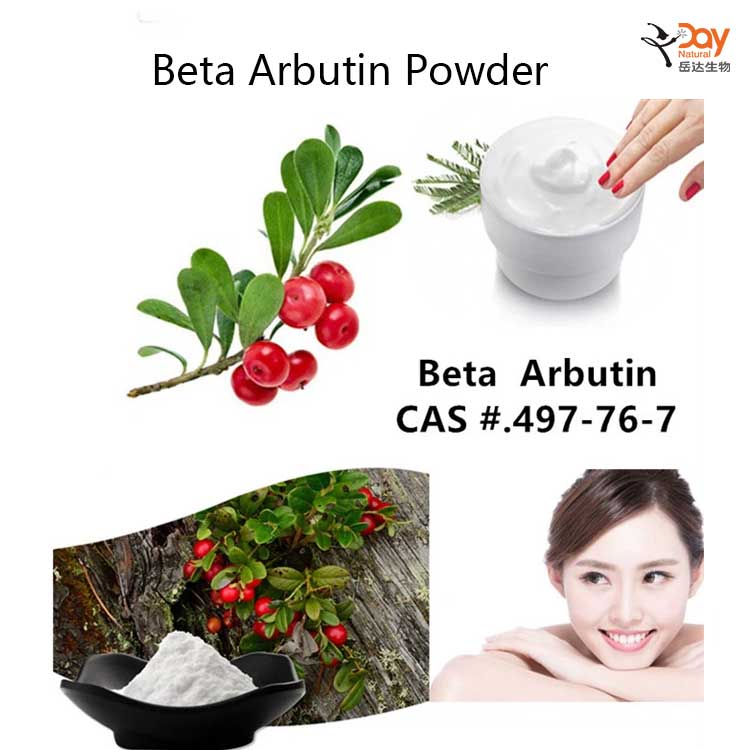
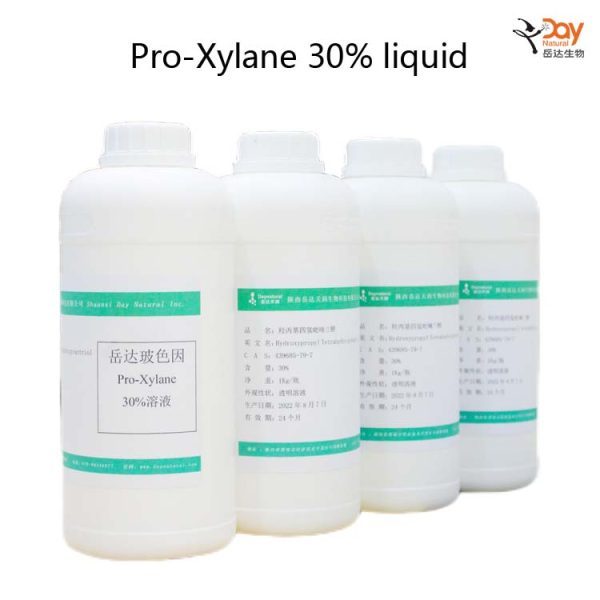
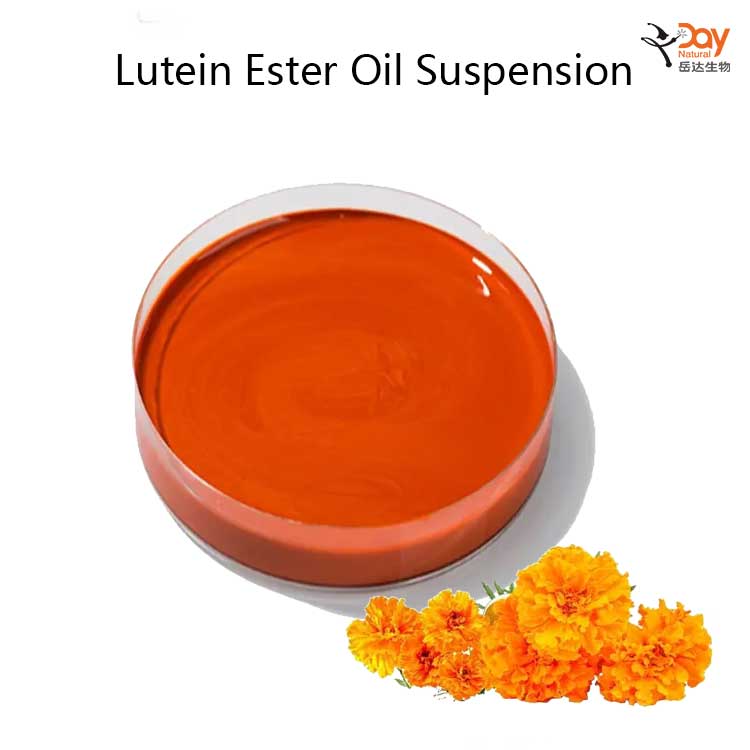
Wonderful beat I wish to apprentice while you amend your web site how could i subscribe for a blog web site The account aided me a acceptable deal I had been a little bit acquainted of this your broadcast provided bright clear idea.
Hi there! Do you know if they make any plugins to
assist with SEO? I’m trying to get my blog to rank for
some targeted keywords but I’m not seeing very good success.
If you know of any please share. Thanks!
You can read similar art here: Warm blankets